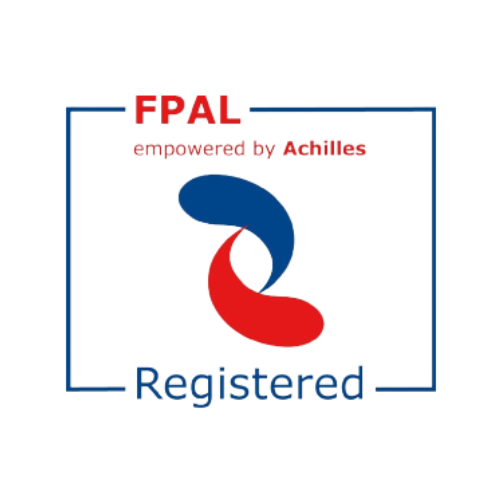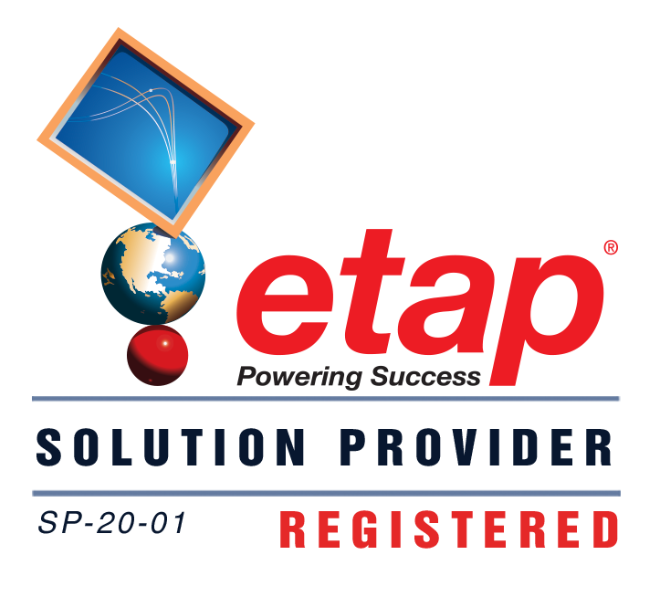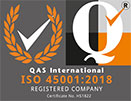When hazards are known and steps have been taken to reduce them, the implementation of arc flash risk into your electrical safety program can begin. The first step is to train your personnel to get familiar with arc flash hazards and how your electrical safety program has changed to account for them. Typically, arc flash training will last between half a day and a full day and cover the following items:
- Introduction to Arc Flash Hazard and Terminology
The goal of arc flash training is to provide everyone with the necessary knowledge to stay safe from arc flashes. This entails identifying routine PPE for typical tasks as well as special personal protective equipment for high risk scenarios, how to read and interpret arc flash calculation reports, and how incident energy drives the selection of arc flash PPE. - Labelling Equipment
The arc flash hazard calculation study will result in a worst-case incident energy for each location, including an arc flash boundary and required PPE to mitigate the hazard. A label on each location will help remind workers of the arc flash risk and the hazard at that location. The actual design of the labels is flexible, but the main purpose is to assist workers in enhancing workplace safety. - Changing Policy
Work permits need to be extended to require an arc flash risk assessment, as well as the hazard at the location of the work and PPE requirements. - Immediate Measures
Implementing the results and recommendations of an arc flash hazard calculation study takes time, and there may be locations where work methods or PPE requirements need to be changed temporarily until implementation has been finalised. High-hazard locations may be marked for extra care during work permit generation.









